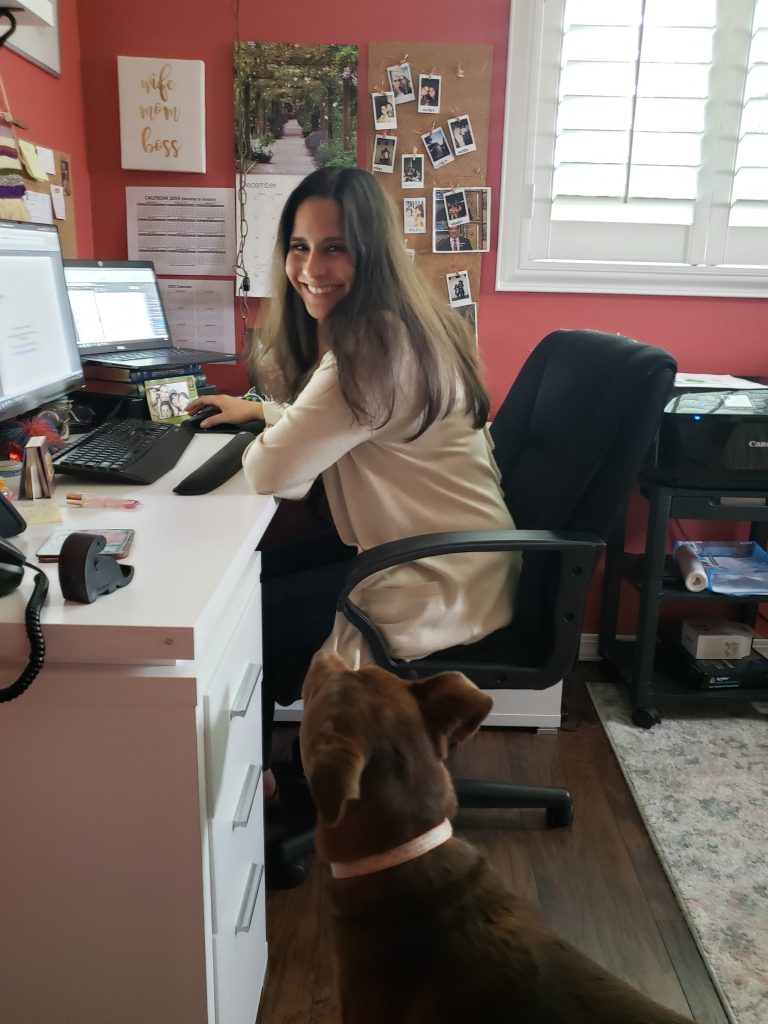Sending out an S.O.S.: Learning SAS Essentials
I first thought SAS was a coding program used for cleaning up and validating large amounts of data and for generating reports. Since I had never coded before, it seemed too complicated, and I thought I could just use Excel as a data analysis tool. But SAS is more efficient than manually validating data or using Excel. I knew if I wanted to grow professionally and expand my quality and validation skills, I had to learn SAS.

I have worked on the project management side of healthcare informatics for over six years. I started as an Informatics Project Specialist, earned a promotion to Project Manager, and am now working as an Analyst. A large part of my role at Lantana is overseeing our data validation processes and providing guidance for data files our team generates as part of the Hospital Quality Initiatives (HQI) Public Reporting contract. In my role, I investigate data errors and issues found during the validation process to trace them back to their source. Most of the errors found during the validation process are found by the Data Analyst using SAS.
SAS is a program commonly used in data analytics and informatics by the Centers for Medicare and Medicaid Services (CMS), Quality Improvement Organizations (QIOs) and other government contractors. Throughout my career in health care, I have been exposed to SAS as part of data analysis and quality improvement.
First, I attempted a free online SAS Essentials class. I found the class very frustrating and difficult. As I watched the videos, I attempted to practice with codes and the data, but I still struggled to figure out what I was doing wrong. At the end of the class, I thought, this was not helpful, and I never want to attempt SAS again. With some encouragement and guidance from my peers at Lantana, I decided to take an online class with an instructor. The instructor answered my questions, I practiced writing code, and I learned how to use The Little SAS Book: A Primer, and the basic concepts of SAS such as importing data and creating tables. I was beyond excited when I learned how to create and format tables, combine data, and look up basic statistics. Most importantly, I learned how to use SAS for quality assurance. Overall, this class helped me understand how to validate data and read and write code. I know that with practice I can master SAS. After finishing the class, I was excited to practice and use what I had learned. I am very thankful for this opportunity and look forward to applying this new skill for our Lantana clients.